Understanding How Value and Growth Stocks Shape Long-Term Investment Portfolios
Comparing Large-Cap Value and Growth Stocks for Smarter Investing
Large-cap stocks refer to companies with market capitalizations typically exceeding $10 billion, often recognized for their stability and influence in the market. Within this category, investors distinguish between value and growth investing styles—value stocks are generally undervalued relative to their fundamentals, while growth stocks are expected to deliver above-average earnings expansion. Understanding the difference between these two approaches is essential for building a resilient portfolio, as each offers distinct risk profiles, return potential, and strategic advantages depending on market conditions and investment goals.
Understanding Large-Cap Value Stocks and Their Investment Appeal
These stocks are often undervalued relative to their intrinsic worth, trading at lower price-to-earnings (P/E) and price-to-book (P/B) ratios. Investors are drawn to large-cap value stocks for their consistent dividend payouts and lower volatility compared to smaller-cap or high-growth counterparts. These companies usually operate in mature industries such as healthcare, consumer goods, and financial services. Examples of large-cap value stocks include Johnson & Johnson JNJ, Procter & Gamble PG, and JPMorgan Chase JPM. These firms are known for their strong balance sheets, reliable earnings, and shareholder-friendly policies. Their appeal lies in their ability to weather economic downturns while continuing to generate income through dividends.
For deeper insights into value investing, the Market Trends Podcast recently explored how large-cap value stocks perform in different market environments. One expert noted, "These stocks offer a cushion during volatility, making them a core holding for long-term investors." ⏳ At the 20:15 mark, analysts discussed how dividend consistency and valuation metrics shape investor sentiment. The Investor Insights Podcast examined how institutional investors approach large-cap value stocks, with experts explaining how these companies anchor diversified portfolios. ⏳ At the 22:30 mark, they discussed how market cycles influence the appeal of value stocks in defensive sectors.
Sources:
What Are Large-Cap Growth Stocks and Why Do They Matter?
Large-cap growth stocks are companies with market capitalizations typically above $10 billion that are expected to deliver above-average earnings growth. As a result, they tend to trade at higher price-to-earnings (P/E) ratios, reflecting investor confidence in their future performance. Notable examples of large-cap growth companies include Apple AAPL, Amazon AMZN, and NVIDIA NVDA. These firms are known for their aggressive reinvestment strategies, strong brand equity, and disruptive market influence.
For deeper insights into growth investing, the Market Trends Podcast recently explored how large-cap growth stocks are reshaping the investment landscape. One expert noted, "Growth stocks thrive on innovation and investor optimism, but they demand patience and conviction." ⏳ At the 19:20 mark, analysts discussed how reinvested earnings and high valuation multiples influence long-term returns. The Investor Insights Podcast examined how institutional investors approach growth stocks, with experts explaining how these companies fit into aggressive portfolio strategies. ⏳ At the 21:50 mark, they discussed how macroeconomic shifts impact growth stock valuations and investor behavior.
Sources:
Key Differences Between Large-Cap Value and Growth Stocks
Value stocks typically trade at lower price-to-earnings (P/E) and price-to-book (P/B) ratios, signaling that they may be undervalued relative to their fundamentals. Growth stocks, on the other hand, often carry higher P/E and price/earnings-to-growth (PEG) ratios, reflecting investor expectations for rapid earnings expansion. While value investors seek bargains based on intrinsic worth, growth investors are willing to pay a premium for future potential. Dividend policies also set these two categories apart. Large-cap value stocks, such as Johnson & Johnson JNJ and Procter & Gamble PG, often offer consistent dividend payouts and may support dividend reinvestment plans (DRIPs). Growth stocks like Amazon AMZN and NVIDIA NVDA typically reinvest profits into innovation and expansion, foregoing dividends in favor of capital appreciation.
For deeper insights into these distinctions, the Market Trends Podcast recently explored how valuation metrics influence investor behavior. One expert noted, "Value stocks reward patience, while growth stocks reward conviction in future potential." ⏳ At the 20:40 mark, analysts discussed how PEG ratios help investors assess whether growth stocks are overpriced or justified. The Investor Insights Podcast examined how market cycles affect performance, with experts explaining how value stocks tend to outperform during recoveries and growth stocks lead in expansion phases. ⏳ At the 22:10 mark, they discussed how volatility and macroeconomic shifts influence allocation strategies.
Sources:
Risk and Return Analysis: Value vs. Growth Stocks
When comparing long-term return potential, value and growth stocks have historically taken turns outperforming each other depending on the market cycle. Value stocks tend to offer more consistent returns over time, especially when reinvested dividends are factored in. Growth stocks, while more volatile, have delivered higher returns during expansionary periods due to their earnings acceleration. A study from Davenport University found that over the 2002–2019 cycle, value investing produced better risk-adjusted returns using the Sharpe ratio, although both styles eventually regressed toward their long-term averages. Value stocks generally experience smaller drawdowns during market corrections and recover more steadily, thanks to their lower valuations and dividend support. Growth stocks, however, can suffer deeper losses during downturns due to their higher valuations and reliance on future earnings.
For deeper insights into risk-return dynamics, the Market Trends Podcast recently explored how macroeconomic shifts influence value and growth performance. One expert noted, "Interest rate sensitivity is a key differentiator—growth stocks are more vulnerable to rate hikes, while value stocks often benefit from inflation-linked sectors." ⏳ At the 20:50 mark, analysts discussed how inflation and interest rates shape sector rotation and investor sentiment. The Investor Insights Podcast examined how drawdowns affect portfolio construction, with experts explaining how diversification between value and growth can smooth volatility. ⏳ At the 22:15 mark, they discussed how monetary policy impacts recovery timelines for each style.
Sources:
Investment Strategies for Value and Growth Stocks
The buy-and-hold approach is ideal for long-term investors who want to ride out market fluctuations and benefit from compounding returns. This strategy works well for both value stocks like Johnson & Johnson JNJ, which offer consistent dividends, and growth stocks like Apple AAPL, which reinvest profits for expansion. Tactical allocation, on the other hand, involves adjusting portfolio weights based on market conditions. Value stocks often dominate sectors like financials, energy, and consumer staples, while growth stocks are concentrated in technology, biotech, and communication services. By spreading investments across these sectors, investors can reduce volatility and improve risk-adjusted returns. For example, combining Procter & Gamble PG with NVIDIA NVDA provides exposure to both defensive and high-growth segments of the market.
For deeper insights into portfolio construction, the Market Trends Podcast recently explored how ETFs and mutual funds can simplify exposure to value and growth strategies. One expert noted, "Blended funds offer a disciplined way to capture both stability and upside potential." ⏳ At the 21:10 mark, analysts discussed how sector ETFs help investors fine-tune their allocations without stock-picking. The Investor Insights Podcast examined rebalancing strategies for blended portfolios, with experts explaining how periodic adjustments maintain alignment with risk tolerance and market shifts. ⏳ At the 23:25 mark, they discussed how rebalancing cushions portfolios during volatility and enhances long-term performance.
Sources:
When to Choose Value Over Growth (and Vice Versa)
Conservative investors with shorter time frames may lean toward value stocks for their stability, dividend income, and lower volatility. These stocks, such as Johnson & Johnson JNJ, tend to preserve capital during downturns. In contrast, growth stocks like Amazon AMZN appeal to investors with higher risk tolerance and longer horizons, as they offer greater upside potential but are more sensitive to market swings.
According to FasterCapital, aligning your investment style with your financial goals and emotional comfort is key to long-term success. Growth stocks tend to shine in low-interest-rate environments when future earnings are discounted less aggressively. Behavioral finance insights, such as recency bias and herd behavior, can cloud judgment—investors may chase recent winners or follow market trends without considering fundamentals. As Easy Street Investing notes, maintaining discipline through market cycles and resisting emotional decisions is essential for optimizing portfolio allocation.
For deeper insights into timing and psychology, the Market Trends Podcast recently explored how investor behavior shifts between value and growth phases. One expert noted, "Recency bias leads investors to overcommit to the latest outperformers, often at the wrong time." ⏳ At the 20:25 mark, analysts discussed how emotional investing distorts asset allocation.
The Investor Insights Podcast examined case studies from the 2000 dot-com bubble and the 2008 financial crisis, showing how value stocks provided downside protection. ⏳ At the 22:40 mark, they discussed how growth stocks rebounded faster post-2020, but with higher volatility.
Sources:
Blended and GARP Strategies: Bridging Value and Growth Investing
These funds aim to balance risk and return by diversifying across different investment styles and sectors. According to Accounting Insights, blended funds typically include a mix of equities, fixed income, and sometimes alternative assets, allowing fund managers to adjust allocations based on market conditions. The flexibility makes blended funds appealing to investors seeking a middle ground between aggressive growth and conservative value strategies.
Growth at a Reasonable Price (GARP) is a hybrid investment approach that merges the principles of value and growth investing. GARP investors seek companies with strong earnings growth potential that are not excessively overvalued. GARP stocks typically exhibit solid fundamentals, moderate P/E ratios, and consistent earnings growth. This strategy helps investors avoid overpriced growth stocks while still capturing upside potential. GARP is especially useful in late-cycle markets, where balancing offense (growth) and defense (value) becomes critical. Investors often use the PEG ratio (price/earnings to growth) to identify GARP opportunities.
For deeper insights into hybrid strategies, the Market Trends Podcast recently explored how GARP investing helps navigate volatile markets. One expert noted, "GARP offers the best of both worlds—growth potential without the valuation risk." ⏳ At the 21:05 mark, analysts discussed how PEG ratios guide stock selection in uncertain environments. The Investor Insights Podcast examined how blended funds perform across market cycles, with experts explaining how asset allocation shifts protect against downside risk. ⏳ At the 23:20 mark, they discussed how combining value and growth smooths returns and enhances diversification.
Sources:
Expert Insights and Analyst Forecasts on Value vs. Growth Stocks
Analysts expect a volatile but ultimately positive year for equities, with the S&P 500 projected to reach 6,550 by year-end 2025. This optimism is driven by resilient corporate earnings and a potential easing of trade tensions. Analysts note that discretionary investors may shift toward value stocks if macroeconomic headwinds persist, while growth stocks could regain momentum if earnings surprises continue in sectors like technology and AI. Institutional investors are increasingly adopting a balanced approach, blending value and growth exposures to hedge against uncertainty.
Many fund managers are bullish on growth-driven sectors such as artificial intelligence and digital infrastructure, but they also recognize the defensive strength of value stocks in healthcare and consumer staples. This dual strategy reflects a broader trend toward diversification, especially as inflation moderates and interest rates stabilize.
For deeper insights into institutional sentiment, the Market Trends Podcast recently explored how fund managers are positioning portfolios for the next decade. One expert noted, "The future of investing isn’t value or growth—it’s knowing when to lean into each." ⏳ At the 20:35 mark, analysts discussed how AI-driven analytics are reshaping allocation models.
The Investor Insights Podcast examined how long-term forecasts are influencing fund flows, with experts explaining how demographic shifts and global trade realignments will impact equity markets. ⏳ At the 22:50 mark, they discussed how institutional investors are preparing for a multi-cycle investment horizon.
Sources:
Final Thoughts
Understanding the difference between large-cap value and growth stocks empowers investors to align their strategies with financial goals, risk tolerance, and market conditions. While value stocks offer stability, income, and defensive strength, growth stocks provide powerful upside potential through innovation and reinvestment. By using tailored approaches like GARP, blended portfolios, and sector-based diversification, investors can harness the best of both worlds. With expert forecasts pointing toward a dynamic decade shaped by economic shifts and technological disruption, a balanced perspective is key to navigating volatility while optimizing long-term returns.
📜 Podcast Transcripts
Market Trends Podcast
Morgan Stanley analysts discuss global trade tensions and their effect on equity markets. ⏳ At the 23:10 mark, they analyze how easing U.S. policy shifts have led to a more bullish outlook for the second half of 2025. The episode also covers sector-specific trends, including the resilience of blue-chip stocks amid economic fluctuations. Full transcript available via Morgan Stanley’s Thoughts on the Market.
Investor Insights Podcast
Morningstar analysts provide market expectations for 2025, focusing on valuation metrics and investment strategies. ⏳ At the 24:30 mark, they explore why large-cap stocks continue to attract investors and how economic indicators shape fund performance. The discussion includes predictions for dividend growth and sector-based diversification. Transcript available at Morningstar’s Investing Insights.
Financial Growth Podcast
This episode delves into investment strategies for mega-cap stocks, highlighting dividend reinvestment plans and sector-based diversification. ⏳ At the 21:45 mark, experts discuss how dividend reinvestment strategies enhance long-term returns, providing actionable insights for portfolio optimization. Transcripts for this and other episodes are hosted on The Motley Fool’s Podcast Transcripts.
Streaming Insights Podcast
This episode explores how streaming giants, including Netflix, are leveraging AI-driven content recommendations and global expansion strategies. Experts discuss the impact of digital advertising on subscriber growth and how Netflix’s innovations help maintain its competitive edge. ⏳ At the 19:30 mark, analysts examine Netflix’s international market penetration and its role in shaping streaming investments. The Pod Transcripts.
📌Read More About:
Top Large Cap Stocks- https://stockbossup.com/pages/topics/large-cap
What Are Large US Cap Stocks?- https://stockbossup.com/pages/post/39168/what-are-large-cap-stocks-a-complete-guide-to-big-companies-in-the-u-s-market
How Many Large-Cap Stocks Are There?- https://stockbossup.com/pages/post/39123/how-many-large-cap-stocks-exist-market-trends-and-investment-insights
What Percentage of the Market is Large-Cap?- https://stockbossup.com/pages/post/39124/what-percentage-of-the-stock-market-is-large-cap-market-breakdown-and-investment-insights




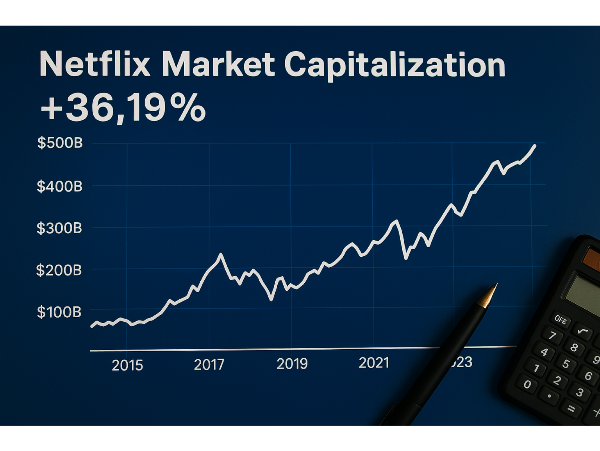


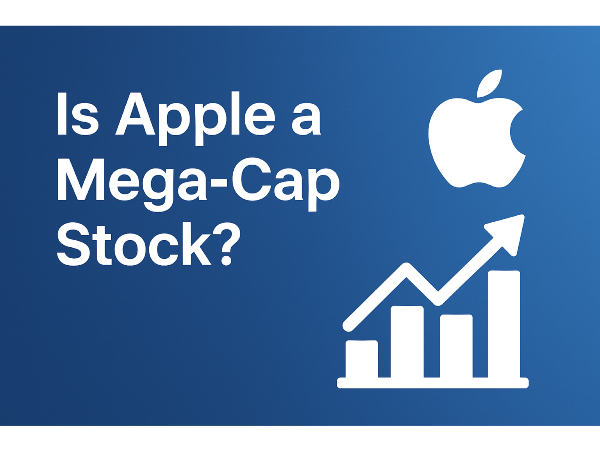
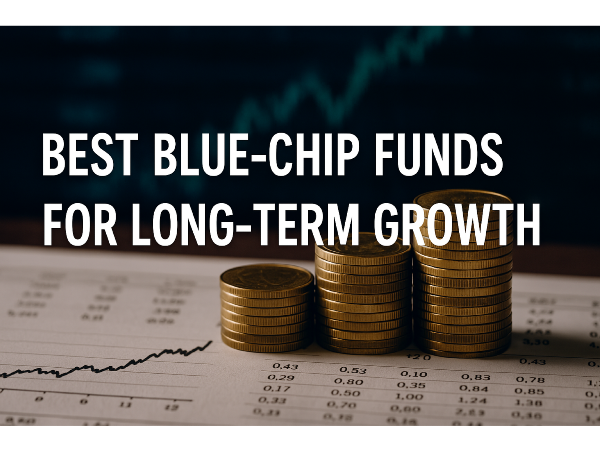
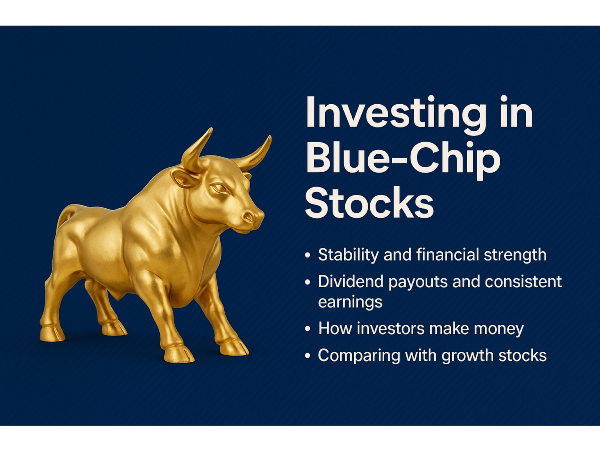
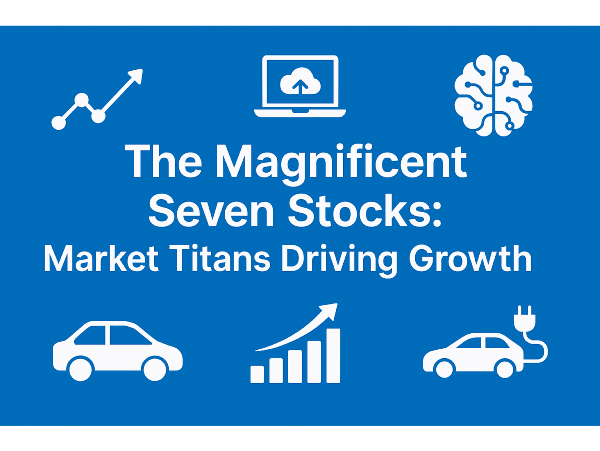
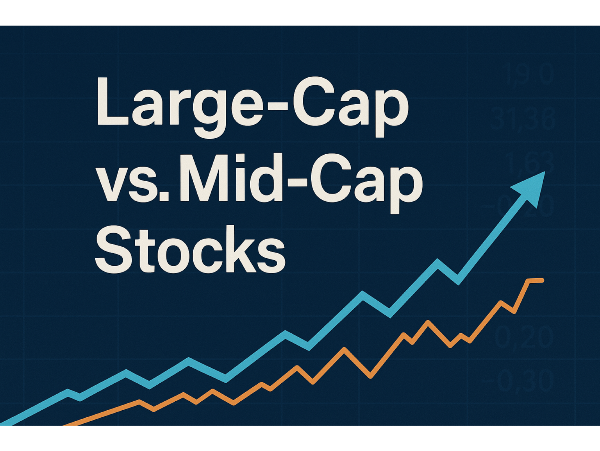
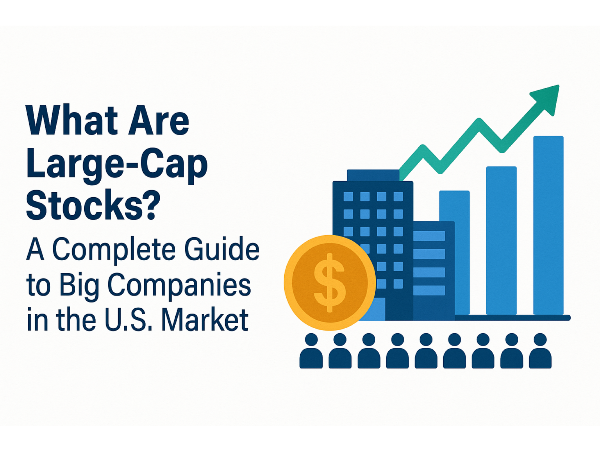
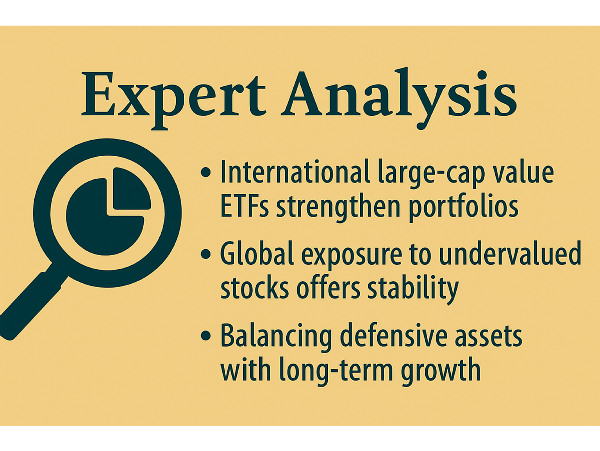

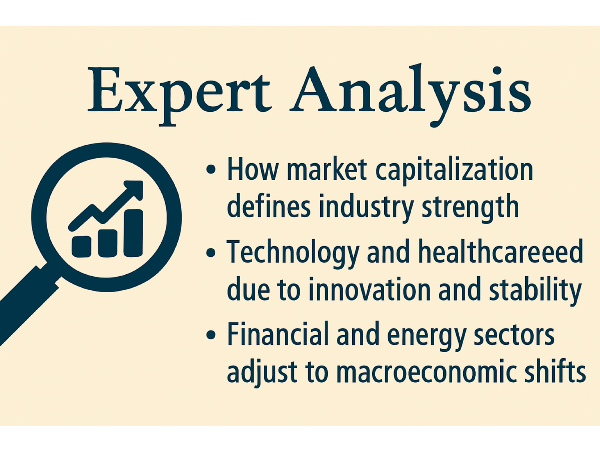

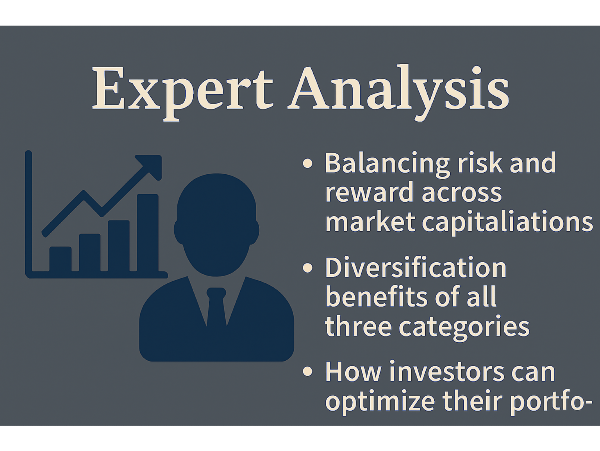

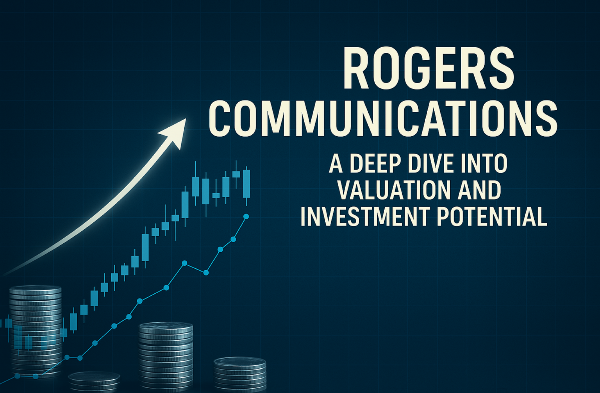
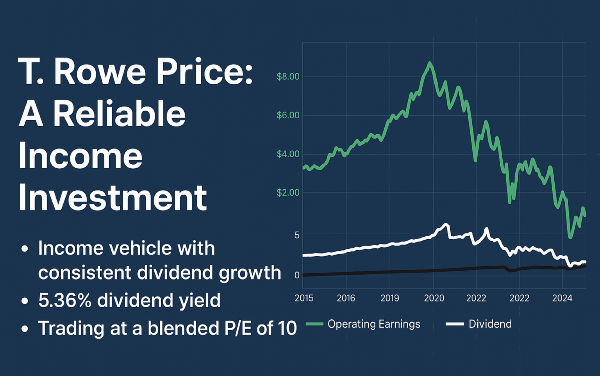
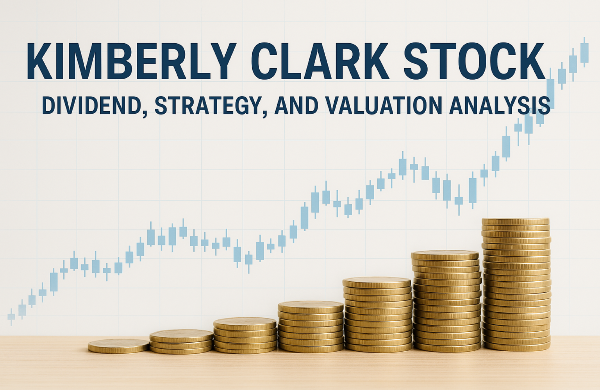








Understanding How Value and Growth Stocks Shape Long-Term Investment Portfolios
Comparing Large-Cap Value and Growth Stocks for Smarter Investing
Large-cap stocks refer to companies with market capitalizations typically exceeding $10 billion, often recognized for their stability and influence in the market. Within this category, investors distinguish between value and growth investing styles—value stocks are generally undervalued relative to their fundamentals, while growth stocks are expected to deliver above-average earnings expansion. Understanding the difference between these two approaches is essential for building a resilient portfolio, as each offers distinct risk profiles, return potential, and strategic advantages depending on market conditions and investment goals.
Understanding Large-Cap Value Stocks and Their Investment Appeal
These stocks are often undervalued relative to their intrinsic worth, trading at lower price-to-earnings (P/E) and price-to-book (P/B) ratios. Investors are drawn to large-cap value stocks for their consistent dividend payouts and lower volatility compared to smaller-cap or high-growth counterparts. These companies usually operate in mature industries such as healthcare, consumer goods, and financial services. Examples of large-cap value stocks include Johnson & Johnson JNJ, Procter & Gamble PG, and JPMorgan Chase JPM. These firms are known for their strong balance sheets, reliable earnings, and shareholder-friendly policies. Their appeal lies in their ability to weather economic downturns while continuing to generate income through dividends.
For deeper insights into value investing, the Market Trends Podcast recently explored how large-cap value stocks perform in different market environments. One expert noted, "These stocks offer a cushion during volatility, making them a core holding for long-term investors." ⏳ At the 20:15 mark, analysts discussed how dividend consistency and valuation metrics shape investor sentiment. The Investor Insights Podcast examined how institutional investors approach large-cap value stocks, with experts explaining how these companies anchor diversified portfolios. ⏳ At the 22:30 mark, they discussed how market cycles influence the appeal of value stocks in defensive sectors.
Sources:
What Are Large-Cap Growth Stocks and Why Do They Matter?
Large-cap growth stocks are companies with market capitalizations typically above $10 billion that are expected to deliver above-average earnings growth. As a result, they tend to trade at higher price-to-earnings (P/E) ratios, reflecting investor confidence in their future performance. Notable examples of large-cap growth companies include Apple AAPL, Amazon AMZN, and NVIDIA NVDA. These firms are known for their aggressive reinvestment strategies, strong brand equity, and disruptive market influence.
For deeper insights into growth investing, the Market Trends Podcast recently explored how large-cap growth stocks are reshaping the investment landscape. One expert noted, "Growth stocks thrive on innovation and investor optimism, but they demand patience and conviction." ⏳ At the 19:20 mark, analysts discussed how reinvested earnings and high valuation multiples influence long-term returns. The Investor Insights Podcast examined how institutional investors approach growth stocks, with experts explaining how these companies fit into aggressive portfolio strategies. ⏳ At the 21:50 mark, they discussed how macroeconomic shifts impact growth stock valuations and investor behavior.
Sources:
Key Differences Between Large-Cap Value and Growth Stocks
Value stocks typically trade at lower price-to-earnings (P/E) and price-to-book (P/B) ratios, signaling that they may be undervalued relative to their fundamentals. Growth stocks, on the other hand, often carry higher P/E and price/earnings-to-growth (PEG) ratios, reflecting investor expectations for rapid earnings expansion. While value investors seek bargains based on intrinsic worth, growth investors are willing to pay a premium for future potential. Dividend policies also set these two categories apart. Large-cap value stocks, such as Johnson & Johnson JNJ and Procter & Gamble PG, often offer consistent dividend payouts and may support dividend reinvestment plans (DRIPs). Growth stocks like Amazon AMZN and NVIDIA NVDA typically reinvest profits into innovation and expansion, foregoing dividends in favor of capital appreciation.
For deeper insights into these distinctions, the Market Trends Podcast recently explored how valuation metrics influence investor behavior. One expert noted, "Value stocks reward patience, while growth stocks reward conviction in future potential." ⏳ At the 20:40 mark, analysts discussed how PEG ratios help investors assess whether growth stocks are overpriced or justified. The Investor Insights Podcast examined how market cycles affect performance, with experts explaining how value stocks tend to outperform during recoveries and growth stocks lead in expansion phases. ⏳ At the 22:10 mark, they discussed how volatility and macroeconomic shifts influence allocation strategies.
Sources:
Risk and Return Analysis: Value vs. Growth Stocks
When comparing long-term return potential, value and growth stocks have historically taken turns outperforming each other depending on the market cycle. Value stocks tend to offer more consistent returns over time, especially when reinvested dividends are factored in. Growth stocks, while more volatile, have delivered higher returns during expansionary periods due to their earnings acceleration. A study from Davenport University found that over the 2002–2019 cycle, value investing produced better risk-adjusted returns using the Sharpe ratio, although both styles eventually regressed toward their long-term averages. Value stocks generally experience smaller drawdowns during market corrections and recover more steadily, thanks to their lower valuations and dividend support. Growth stocks, however, can suffer deeper losses during downturns due to their higher valuations and reliance on future earnings.
For deeper insights into risk-return dynamics, the Market Trends Podcast recently explored how macroeconomic shifts influence value and growth performance. One expert noted, "Interest rate sensitivity is a key differentiator—growth stocks are more vulnerable to rate hikes, while value stocks often benefit from inflation-linked sectors." ⏳ At the 20:50 mark, analysts discussed how inflation and interest rates shape sector rotation and investor sentiment. The Investor Insights Podcast examined how drawdowns affect portfolio construction, with experts explaining how diversification between value and growth can smooth volatility. ⏳ At the 22:15 mark, they discussed how monetary policy impacts recovery timelines for each style.
Sources:
Investment Strategies for Value and Growth Stocks
The buy-and-hold approach is ideal for long-term investors who want to ride out market fluctuations and benefit from compounding returns. This strategy works well for both value stocks like Johnson & Johnson JNJ, which offer consistent dividends, and growth stocks like Apple AAPL, which reinvest profits for expansion. Tactical allocation, on the other hand, involves adjusting portfolio weights based on market conditions. Value stocks often dominate sectors like financials, energy, and consumer staples, while growth stocks are concentrated in technology, biotech, and communication services. By spreading investments across these sectors, investors can reduce volatility and improve risk-adjusted returns. For example, combining Procter & Gamble PG with NVIDIA NVDA provides exposure to both defensive and high-growth segments of the market.
For deeper insights into portfolio construction, the Market Trends Podcast recently explored how ETFs and mutual funds can simplify exposure to value and growth strategies. One expert noted, "Blended funds offer a disciplined way to capture both stability and upside potential." ⏳ At the 21:10 mark, analysts discussed how sector ETFs help investors fine-tune their allocations without stock-picking. The Investor Insights Podcast examined rebalancing strategies for blended portfolios, with experts explaining how periodic adjustments maintain alignment with risk tolerance and market shifts. ⏳ At the 23:25 mark, they discussed how rebalancing cushions portfolios during volatility and enhances long-term performance.
Sources:
When to Choose Value Over Growth (and Vice Versa)
Conservative investors with shorter time frames may lean toward value stocks for their stability, dividend income, and lower volatility. These stocks, such as Johnson & Johnson JNJ, tend to preserve capital during downturns. In contrast, growth stocks like Amazon AMZN appeal to investors with higher risk tolerance and longer horizons, as they offer greater upside potential but are more sensitive to market swings.
According to FasterCapital, aligning your investment style with your financial goals and emotional comfort is key to long-term success. Growth stocks tend to shine in low-interest-rate environments when future earnings are discounted less aggressively. Behavioral finance insights, such as recency bias and herd behavior, can cloud judgment—investors may chase recent winners or follow market trends without considering fundamentals. As Easy Street Investing notes, maintaining discipline through market cycles and resisting emotional decisions is essential for optimizing portfolio allocation.
For deeper insights into timing and psychology, the Market Trends Podcast recently explored how investor behavior shifts between value and growth phases. One expert noted, "Recency bias leads investors to overcommit to the latest outperformers, often at the wrong time." ⏳ At the 20:25 mark, analysts discussed how emotional investing distorts asset allocation.
The Investor Insights Podcast examined case studies from the 2000 dot-com bubble and the 2008 financial crisis, showing how value stocks provided downside protection. ⏳ At the 22:40 mark, they discussed how growth stocks rebounded faster post-2020, but with higher volatility.
Sources:
Blended and GARP Strategies: Bridging Value and Growth Investing
These funds aim to balance risk and return by diversifying across different investment styles and sectors. According to Accounting Insights, blended funds typically include a mix of equities, fixed income, and sometimes alternative assets, allowing fund managers to adjust allocations based on market conditions. The flexibility makes blended funds appealing to investors seeking a middle ground between aggressive growth and conservative value strategies.
Growth at a Reasonable Price (GARP) is a hybrid investment approach that merges the principles of value and growth investing. GARP investors seek companies with strong earnings growth potential that are not excessively overvalued. GARP stocks typically exhibit solid fundamentals, moderate P/E ratios, and consistent earnings growth. This strategy helps investors avoid overpriced growth stocks while still capturing upside potential. GARP is especially useful in late-cycle markets, where balancing offense (growth) and defense (value) becomes critical. Investors often use the PEG ratio (price/earnings to growth) to identify GARP opportunities.
For deeper insights into hybrid strategies, the Market Trends Podcast recently explored how GARP investing helps navigate volatile markets. One expert noted, "GARP offers the best of both worlds—growth potential without the valuation risk." ⏳ At the 21:05 mark, analysts discussed how PEG ratios guide stock selection in uncertain environments. The Investor Insights Podcast examined how blended funds perform across market cycles, with experts explaining how asset allocation shifts protect against downside risk. ⏳ At the 23:20 mark, they discussed how combining value and growth smooths returns and enhances diversification.
Sources:
Expert Insights and Analyst Forecasts on Value vs. Growth Stocks
Analysts expect a volatile but ultimately positive year for equities, with the S&P 500 projected to reach 6,550 by year-end 2025. This optimism is driven by resilient corporate earnings and a potential easing of trade tensions. Analysts note that discretionary investors may shift toward value stocks if macroeconomic headwinds persist, while growth stocks could regain momentum if earnings surprises continue in sectors like technology and AI. Institutional investors are increasingly adopting a balanced approach, blending value and growth exposures to hedge against uncertainty.
Many fund managers are bullish on growth-driven sectors such as artificial intelligence and digital infrastructure, but they also recognize the defensive strength of value stocks in healthcare and consumer staples. This dual strategy reflects a broader trend toward diversification, especially as inflation moderates and interest rates stabilize.
For deeper insights into institutional sentiment, the Market Trends Podcast recently explored how fund managers are positioning portfolios for the next decade. One expert noted, "The future of investing isn’t value or growth—it’s knowing when to lean into each." ⏳ At the 20:35 mark, analysts discussed how AI-driven analytics are reshaping allocation models.
The Investor Insights Podcast examined how long-term forecasts are influencing fund flows, with experts explaining how demographic shifts and global trade realignments will impact equity markets. ⏳ At the 22:50 mark, they discussed how institutional investors are preparing for a multi-cycle investment horizon.
Sources:
Final Thoughts
Understanding the difference between large-cap value and growth stocks empowers investors to align their strategies with financial goals, risk tolerance, and market conditions. While value stocks offer stability, income, and defensive strength, growth stocks provide powerful upside potential through innovation and reinvestment. By using tailored approaches like GARP, blended portfolios, and sector-based diversification, investors can harness the best of both worlds. With expert forecasts pointing toward a dynamic decade shaped by economic shifts and technological disruption, a balanced perspective is key to navigating volatility while optimizing long-term returns.
📜 Podcast Transcripts
Market Trends Podcast
Morgan Stanley analysts discuss global trade tensions and their effect on equity markets. ⏳ At the 23:10 mark, they analyze how easing U.S. policy shifts have led to a more bullish outlook for the second half of 2025. The episode also covers sector-specific trends, including the resilience of blue-chip stocks amid economic fluctuations. Full transcript available via Morgan Stanley’s Thoughts on the Market.
Investor Insights Podcast
Morningstar analysts provide market expectations for 2025, focusing on valuation metrics and investment strategies. ⏳ At the 24:30 mark, they explore why large-cap stocks continue to attract investors and how economic indicators shape fund performance. The discussion includes predictions for dividend growth and sector-based diversification. Transcript available at Morningstar’s Investing Insights.
Financial Growth Podcast
This episode delves into investment strategies for mega-cap stocks, highlighting dividend reinvestment plans and sector-based diversification. ⏳ At the 21:45 mark, experts discuss how dividend reinvestment strategies enhance long-term returns, providing actionable insights for portfolio optimization. Transcripts for this and other episodes are hosted on The Motley Fool’s Podcast Transcripts.
Streaming Insights Podcast
This episode explores how streaming giants, including Netflix, are leveraging AI-driven content recommendations and global expansion strategies. Experts discuss the impact of digital advertising on subscriber growth and how Netflix’s innovations help maintain its competitive edge. ⏳ At the 19:30 mark, analysts examine Netflix’s international market penetration and its role in shaping streaming investments. The Pod Transcripts.
📌Read More About:
Top Large Cap Stocks- https://stockbossup.com/pages/topics/large-cap
What Are Large US Cap Stocks?- https://stockbossup.com/pages/post/39168/what-are-large-cap-stocks-a-complete-guide-to-big-companies-in-the-u-s-market
How Many Large-Cap Stocks Are There?- https://stockbossup.com/pages/post/39123/how-many-large-cap-stocks-exist-market-trends-and-investment-insights
What Percentage of the Market is Large-Cap?- https://stockbossup.com/pages/post/39124/what-percentage-of-the-stock-market-is-large-cap-market-breakdown-and-investment-insights